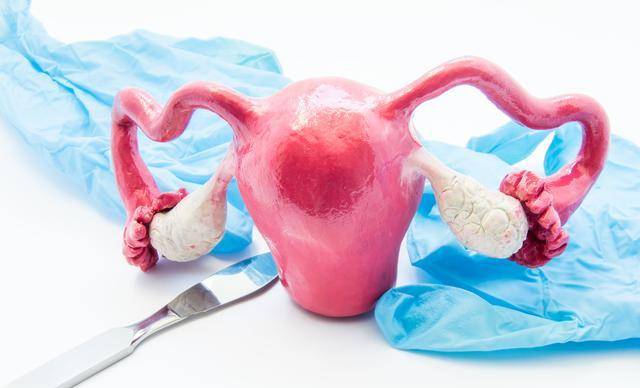Women with severe uterine abnormalities need to cooperate with treatment in order to control the progression of the disease. In some cases, simply using medication is not enough, and surgery is required to prevent the spread of lesions. However, many issues can arise after the removal of the uterus, as the subsequent changes in the body may be difficult for women to accept. Therefore, it is important to take good care of the uterus. However, some women may have concerns about whether they can engage in sexual activity after a hysterectomy, so let’s explore this further.
For women with severe uterine abnormalities, it is important to cooperate with treatment immediately to avoid worsening the condition. The removal of the uterus means that the body is no longer a complete entity. The uterus has an important function in nurturing new life and working together with the ovaries to produce hormones. Losing the uterus means that women will no longer have menstrual periods, lose their fertility, and may affect the secretion of female hormones.
However, sexual activity can still continue after a hysterectomy, as long as the body recovers well post-surgery and attention is paid to details when needed. It should not have any negative impacts if the proper methods are followed. Some women may experience vaginal dryness after a decrease in hormone secretion, in which case using lubricants can improve the quality of sexual life.
Under what circumstances should the uterus be removed?
1. Uterine cancer
In some cases, the uterus needs to be removed, such as when there is cancer in that area. Malignant tumors develop rapidly, and if cancer cells are not effectively controlled, they can metastasize and spread to other parts of the body, posing a threat to life and health.
Once early signs of the disease are detected, timely intervention is necessary to prevent uncontrolled growth of cancer cells. The lesions formed at the site of the onset may require partial or complete removal of the uterus.
2. Severe infection and bleeding
If the uterus is severely infected, or if there is significant bleeding, surgical intervention should be considered.
In cases where good health habits were not maintained, proper protection of the uterus was not carried out, and a more severe disease has developed, other common treatments prove ineffective, and the infection has spread to other areas accompanied by significant bleeding, the loss of a large amount of blood can threaten women’s health and lives. In such situations, hysterectomy should be considered, followed by proper recuperation for quick recovery.
3. Hard-to-control benign tumors
There is a misconception among some people that only malignant tumors in the uterine area require removal of the lesions.
However, some benign tumors also require timely treatment. If the tumor is growing rapidly, has reached a large size, and is causing obvious bleeding, and other common treatments are ineffective while the disease continues to progress, surgical intervention should be considered to control the bleeding, which is the primary concern.
4. Ovarian or fallopian tube malignant tumors
There are many situations that warrant the removal of the uterus, not just when malignant tumors occur in the uterine area. If the tumor develops in the ovaries or around the fallopian tubes, equal vigilance is necessary.
Malignant tumors differ from benign tumors in nature, often progressing rapidly. Cancer cells can spread to other parts of the body through the bones, blood, lymphatic system, and by late stages, treatment becomes challenging. To avoid the risks associated with the disease and when necessary, surgical intervention to remove the lesions is advisable.
#SummerHealthTips#


